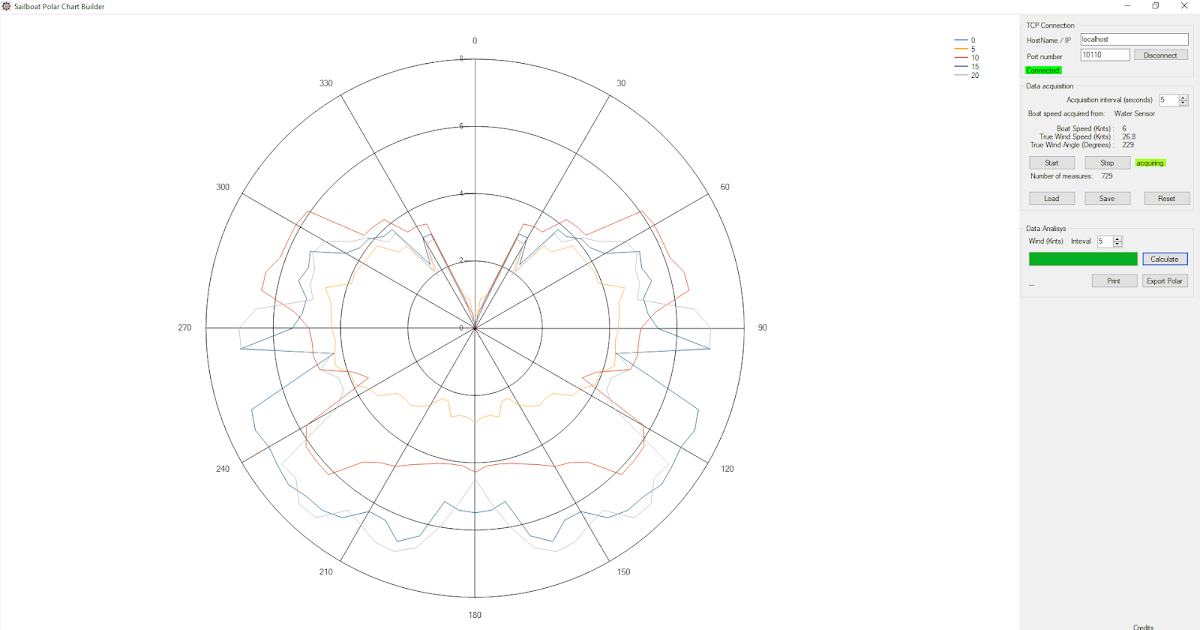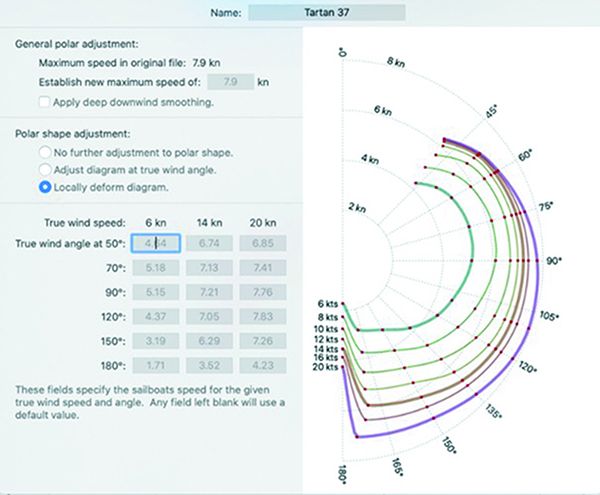Probably a majority of sailors, if given the choice between closehaul/reaching and downwind would pick the former because sailing downwind is boring - to me anyway. Most racers break out the beer and sandwiches on that leg.
The first couple of times I sailed the Newport (Ca) to Ensenada (Mexico) race, which is all downhill, I really didn't like it. You could mount a broom stick and a bed sheet on a 50 gal drum and sail that race!! On the nights watch, watching Halle's comet streak across the sky, I started to think about the theory of downwind sailing - how can I get some more speed out of this sucker!! Very little is written about downwind. Most of the race boats I went on were middle to back of the pack and if I could improve their performance on that leg it would be a minor victory. In other words, when other boats broke out the beer/sandwiches we would "go to work" and pick off 3 or more boats knowing the advantage would be short lived once the marked was turned but a minor victory none the less.
That's getting ahead of myself. The following is how I went about the exercise. What causes a boat to move forward is a combination of lift/drag - mainly lift. Scientifically that's too deep for me but I know how it works. Heading dead downwind, which most, not all, cruisers/racers do, produces zero lift. Drag is actually causing the boat to move forward. That night with the helm on auto pilot, I accidentally hit it and caused the boat to head up slightly and the speed increased. Surprised, I headed up a little more and the speed increased some more - not to the worlds land/sea record but a increase none the less. The skipper had instructed me to not make any course or sail trim adjustments "like DON"T touch anything" so I adjusted back to the original course sailing directly at Ensenada and the boat slowed down. I didn't like the skipper very much so I never mentioned what I had experienced but I didn't forget it.
Later I decided to test the theory on my Catalina 30. In Long Beach, Ca it's easy - leave the marina and turn left. The following is by no means a scientific study - it just a hillbilly country boy trying to get the most out of his boat. The trim was ease the boom out as far as possible and tighten the vang so there's no twist but later I found a little twist helps. The trick is to head up and generate lift but how far?
Under 3 knots of wind I found it didn't matter what I did - the speed did not increase so sail dead down wind in that situation. In the 3 to 10 knot range, 8 to 10 rarely happens in So Ca, I found I could increase the speed if I came up about 35* to 40*. Above 10 knots I don't know but I suspect I could go higher. You're sailing farther but faster.
In So Ca the winds are pretty consistent but sometime they shift.. When they do you have to adjust your procedure. There are 2 kinds of shifts - persistent & oscillating. In a oscillating situations you may have to jibe.
My old web site had a 11 page synopsis of all I learned about downwind sailing. Unfortunately, Godaddy canceled my web site by mistake. I didn't catch it until a Sail Trim customer brought it to my attention but by then it was too late - none of the material could be recovered. Phil at SBO came to my rescue and built a new site for me but without the stuff contained in my original site. I really appreciated his help.
So what's the "rest of the story" here? On the scale of 1 to 100, the sailors from 75 to 100 don't need to think about what their sail trim controls can do for them - they already know. The group from 31 to 75 don't really care - they mostly just want to raise the main and roll out the jib, which is fine because any day sailing is a good day. On the other hand, the group from 1 to 29 want to know the WHAT & WHY of sail trim. The WHY is most important as it's everything and other wise a sailor is just guessing at the adjustments to his main and jib. Over the years I've grown to love that group. So if you don't know how a particular sail trim control works just fool around with it and see what happens - that's how a lot of sailors learned to sail. There's an easier way - my book explains how each sail trim control for the main and jib work and in detail!!
The first couple of times I sailed the Newport (Ca) to Ensenada (Mexico) race, which is all downhill, I really didn't like it. You could mount a broom stick and a bed sheet on a 50 gal drum and sail that race!! On the nights watch, watching Halle's comet streak across the sky, I started to think about the theory of downwind sailing - how can I get some more speed out of this sucker!! Very little is written about downwind. Most of the race boats I went on were middle to back of the pack and if I could improve their performance on that leg it would be a minor victory. In other words, when other boats broke out the beer/sandwiches we would "go to work" and pick off 3 or more boats knowing the advantage would be short lived once the marked was turned but a minor victory none the less.
That's getting ahead of myself. The following is how I went about the exercise. What causes a boat to move forward is a combination of lift/drag - mainly lift. Scientifically that's too deep for me but I know how it works. Heading dead downwind, which most, not all, cruisers/racers do, produces zero lift. Drag is actually causing the boat to move forward. That night with the helm on auto pilot, I accidentally hit it and caused the boat to head up slightly and the speed increased. Surprised, I headed up a little more and the speed increased some more - not to the worlds land/sea record but a increase none the less. The skipper had instructed me to not make any course or sail trim adjustments "like DON"T touch anything" so I adjusted back to the original course sailing directly at Ensenada and the boat slowed down. I didn't like the skipper very much so I never mentioned what I had experienced but I didn't forget it.
Later I decided to test the theory on my Catalina 30. In Long Beach, Ca it's easy - leave the marina and turn left. The following is by no means a scientific study - it just a hillbilly country boy trying to get the most out of his boat. The trim was ease the boom out as far as possible and tighten the vang so there's no twist but later I found a little twist helps. The trick is to head up and generate lift but how far?
Under 3 knots of wind I found it didn't matter what I did - the speed did not increase so sail dead down wind in that situation. In the 3 to 10 knot range, 8 to 10 rarely happens in So Ca, I found I could increase the speed if I came up about 35* to 40*. Above 10 knots I don't know but I suspect I could go higher. You're sailing farther but faster.
In So Ca the winds are pretty consistent but sometime they shift.. When they do you have to adjust your procedure. There are 2 kinds of shifts - persistent & oscillating. In a oscillating situations you may have to jibe.
My old web site had a 11 page synopsis of all I learned about downwind sailing. Unfortunately, Godaddy canceled my web site by mistake. I didn't catch it until a Sail Trim customer brought it to my attention but by then it was too late - none of the material could be recovered. Phil at SBO came to my rescue and built a new site for me but without the stuff contained in my original site. I really appreciated his help.
So what's the "rest of the story" here? On the scale of 1 to 100, the sailors from 75 to 100 don't need to think about what their sail trim controls can do for them - they already know. The group from 31 to 75 don't really care - they mostly just want to raise the main and roll out the jib, which is fine because any day sailing is a good day. On the other hand, the group from 1 to 29 want to know the WHAT & WHY of sail trim. The WHY is most important as it's everything and other wise a sailor is just guessing at the adjustments to his main and jib. Over the years I've grown to love that group. So if you don't know how a particular sail trim control works just fool around with it and see what happens - that's how a lot of sailors learned to sail. There's an easier way - my book explains how each sail trim control for the main and jib work and in detail!!



